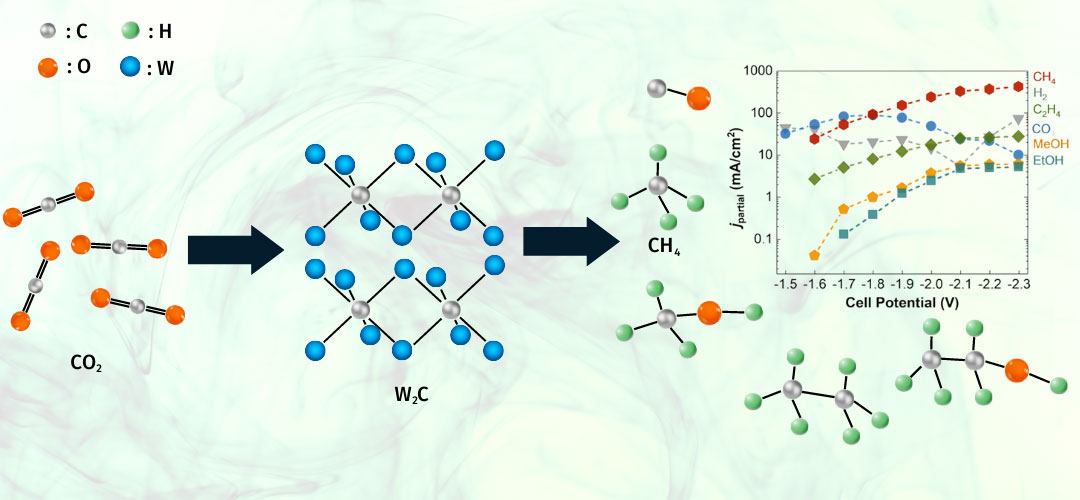
A Fast, Efficient, and Abundant Catalyst for Carbon Dioxide Reduction
A tungsten carbide catalyst can produce a hydrocarbon from carbon dioxide at high rates and high efficiency.

A tungsten carbide catalyst can produce a hydrocarbon from carbon dioxide at high rates and high efficiency.
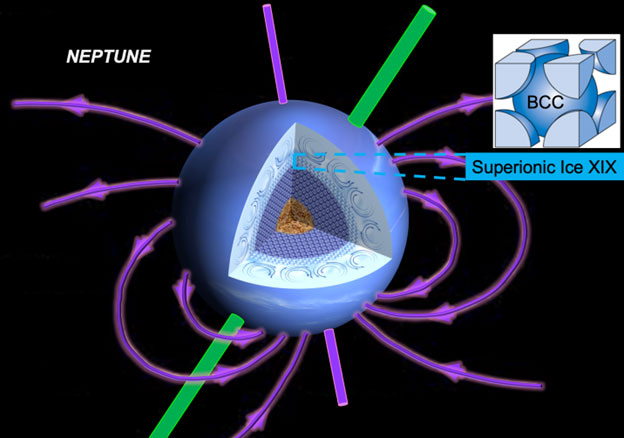
Ultrafast X-ray studies reveal the existence of Superionic Ice XIX, which could explain the unusual magnetic fields of icy giant planets.
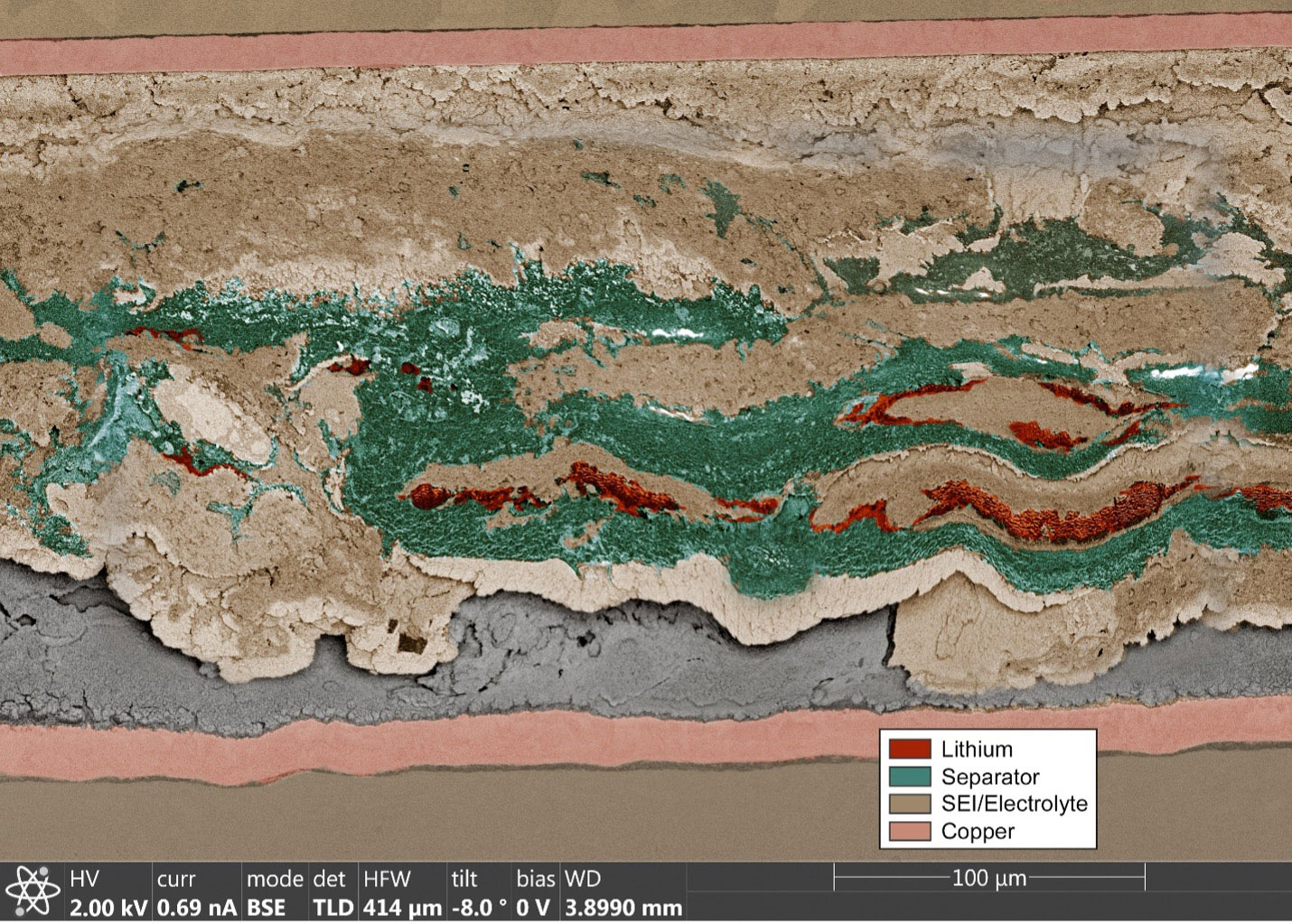
Scientists freeze and cut a battery in half to look inside and reveal why it fails.
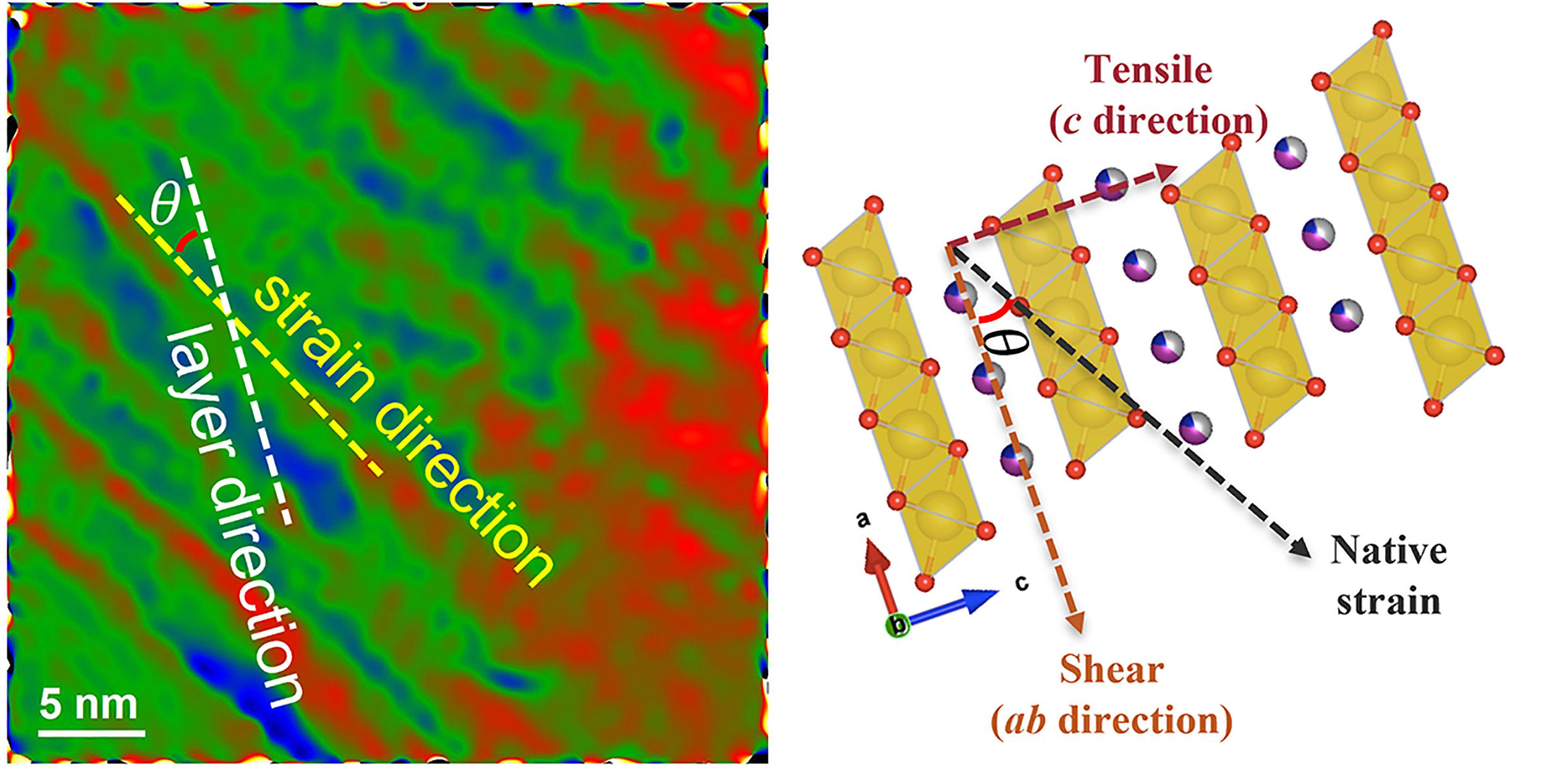
Understanding defects paves the way for longer lifetimes for sodium-ion batteries -- and lower energy storage costs.
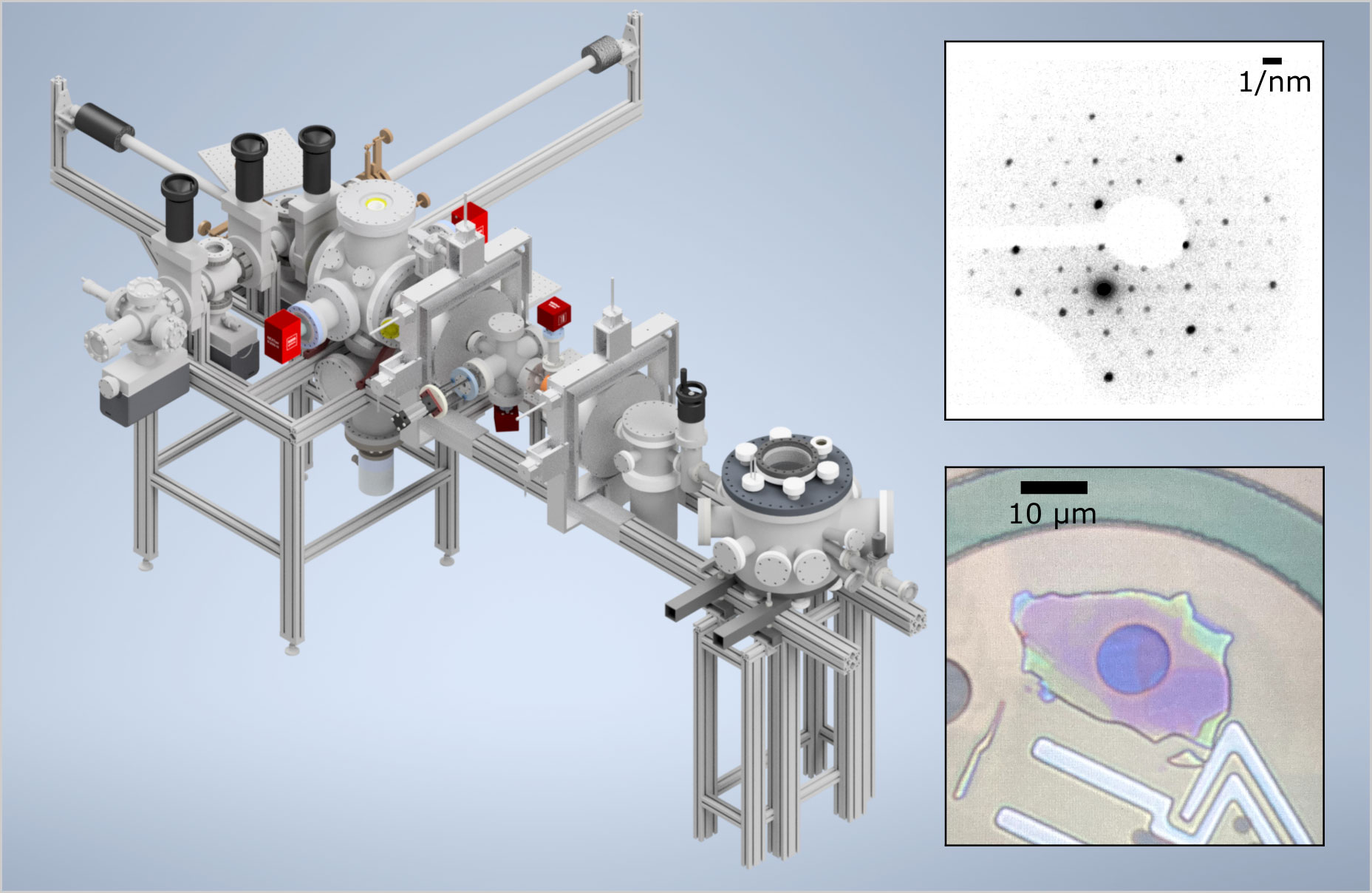
Bright electron beams unlock the study of small, thin materials on ultrafast timescales.
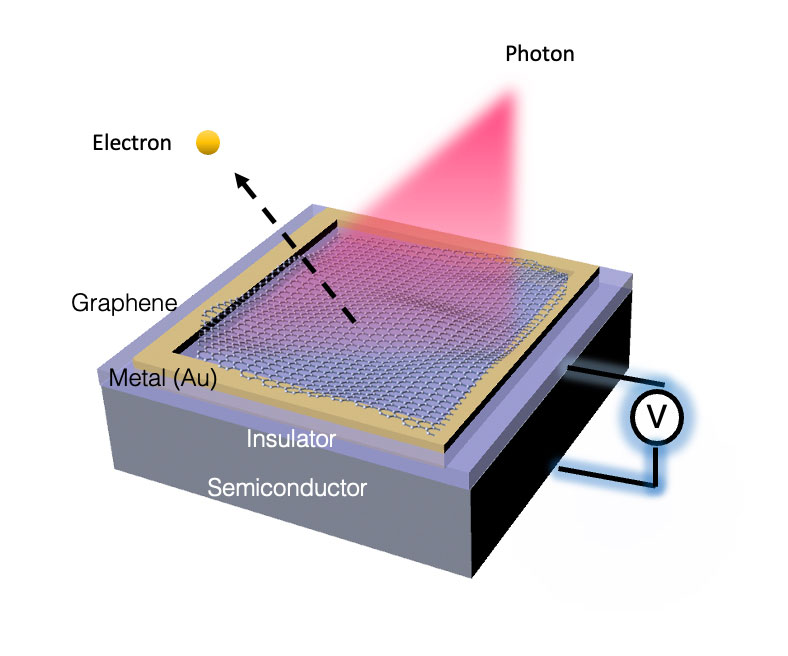
A graphene-insulator coating enables scientists to tune the energy required to liberate electrons from semiconductors.
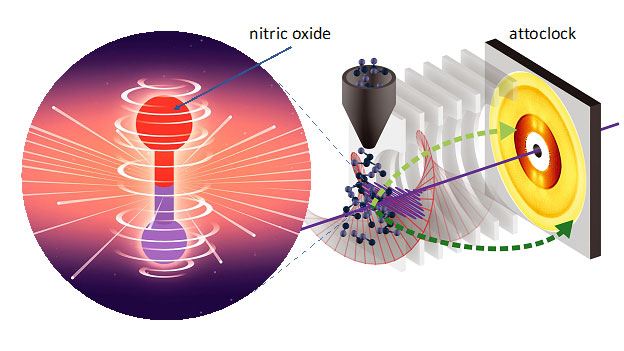
Scientists illuminate the quantum dynamics of electrons in highly excited molecules.
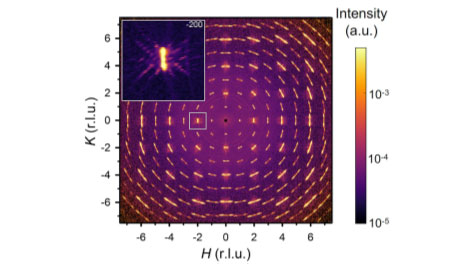
Scientists use a common engineering approach to enhance the superconductivity and induce ferroelectricity in the quantum material strontium titanate.

Researchers advance the use of cerium/lanthanum-134 for medical scans in actinium-225 cancer therapy.
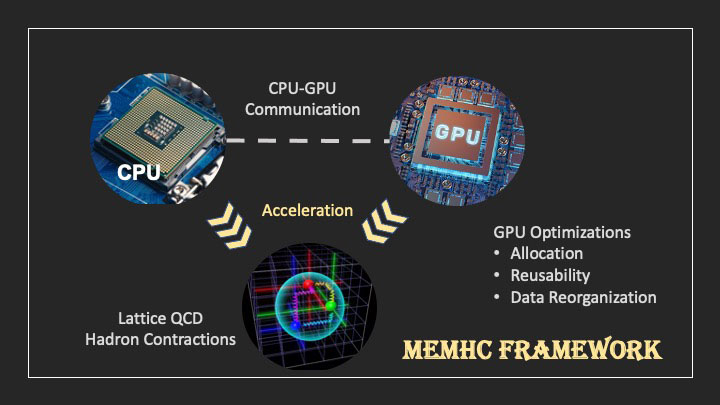
MemHC improves the efficiency of complex supercomputer physics calculations by optimizing memory management.
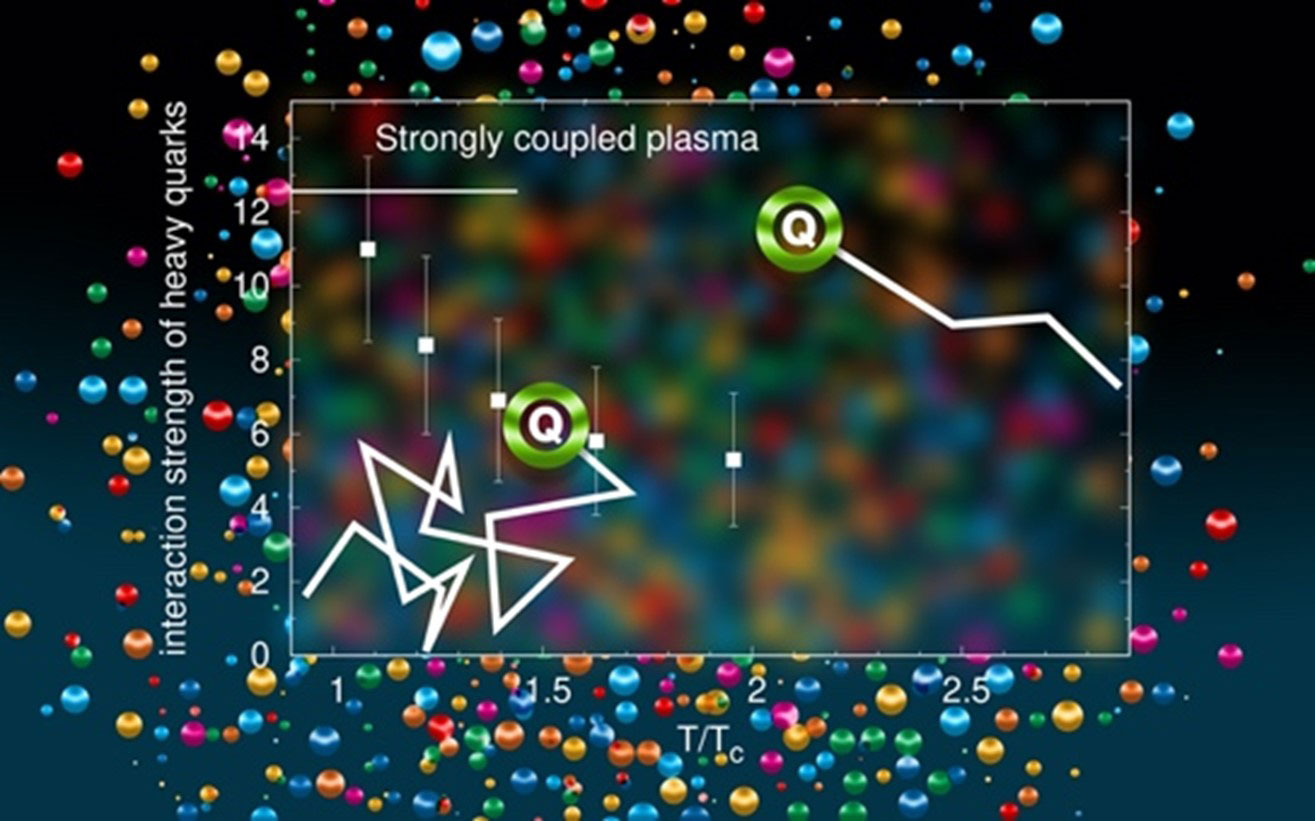
New results will help physicists interpret experimental data from particle collisions and better understand the interactions of quarks and gluons.
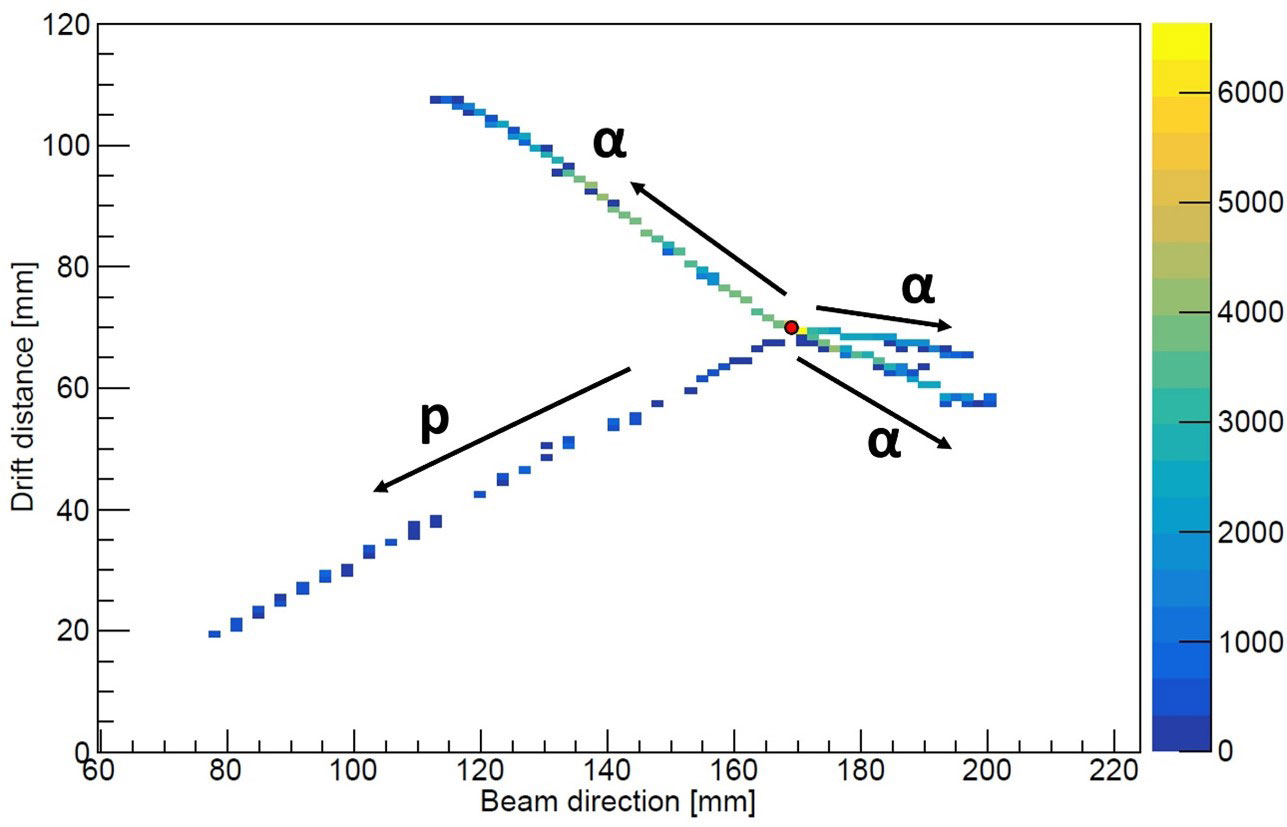
For the first time, scientists observe a new and rare decay mode where oxygen-13 breaks into three helium nuclei and a proton following beta decay.